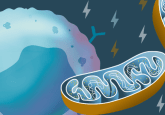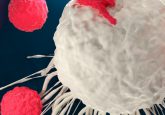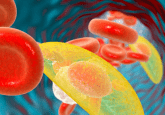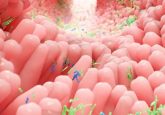Synthetic T cells
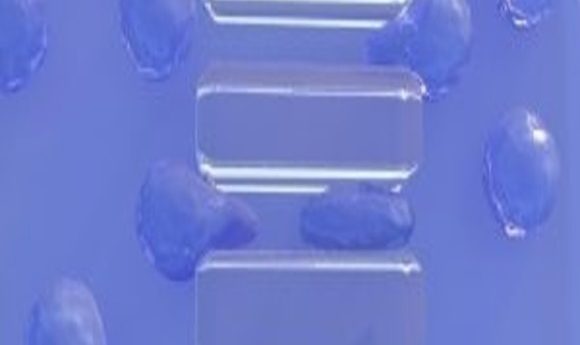
T cells have been developed artificially in the lab that mimic the properties of human T cells.
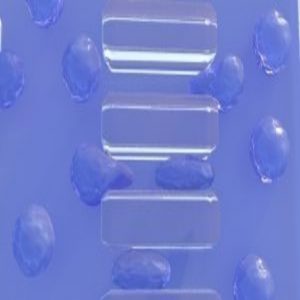
The synthetic T cells being tested for their mechanical properties. Credit: Fatemeh Majedi
A team of researchers, from across different schools at UCLA (CA, USA), has developed synthetic T cells that are ‘near-perfect’ matches to human T cells.
It is difficult to utilize T cells in lab research as they do not tend to survive very long in vitro. This breakthrough will enable scientists to study T cells for longer and provide a better understanding of their behavior. It is also hoped they will aid drug development for cancer and autoimmune diseases, with the possibility of them being utilized for treatment in certain diseases.
“The complex structure of T cells and their multifunctional nature have made it difficult for scientists to replicate them in the lab,” commented Alireza Moshaverinia, study leader and assistant professor of prosthodontics at the UCLA School of Dentistry (CA, USA).
“With this breakthrough, we can use synthetic T cells to engineer more efficient drug carriers and understand the behavior of immune cells.”
They utilized microfluidics in order to make the T cells, with a combination of mineral oil and an alginate biopolymer. This formed microparticles of alginate, which happened to be a replication of T cells in their shape, size and flexibility. The microparticles were collected from a calcium ion bath, with the calcium ion concentration determining their elasticity.
Biological attributes then needed to be added to the microparticles in order to enable them to perform the same actions as T cells in vivo. The researchers coated their exteriors with phospholipids, in order to replicate a cell membrane. Using bioconjugation, they were also able to link CD4 signalers, which activate natural T cells to attack infections or cancer cells.
“We were able to create a novel class of artificial T cells that are capable of boosting a host’s immune system by actively interacting with immune cells through direct contact, activation or releasing inflammatory or regulatory signals,” explained Mohammad Mahdi Hasani-Sadrabadi, co-author and assistant project scientist at UCLA Samueli School of Engineering (CA, USA). “We see this study’s findings as another tool to attack cancer cells and other carcinogens.”
The researchers believe the same process has the potential to be used to create copies of other types of cells to enable studies on other diseases and drug development.

